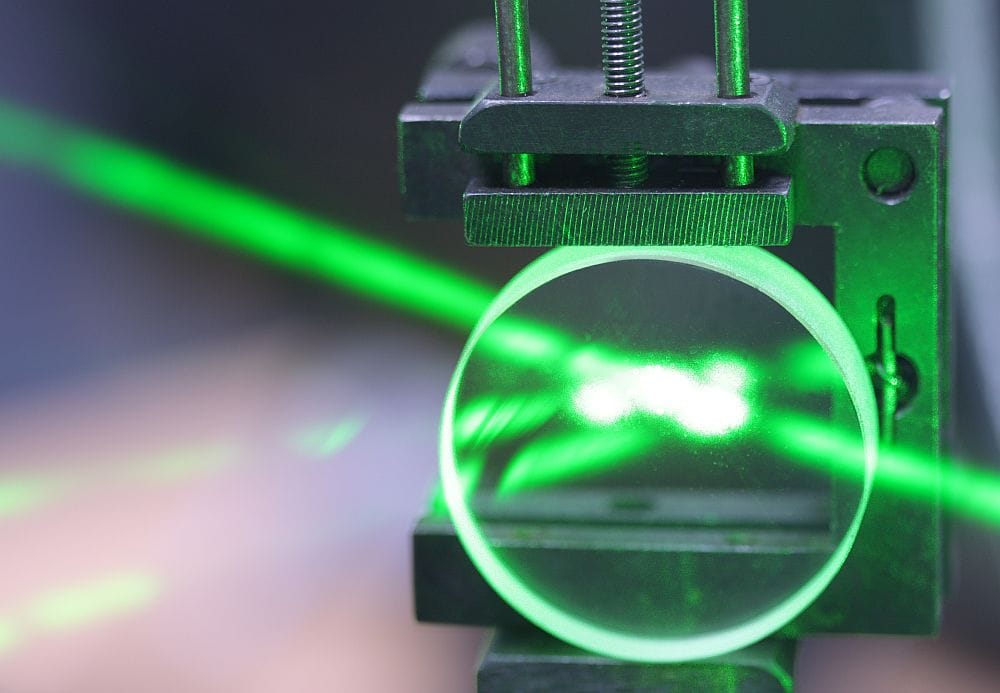
[Image above] Launch of the Bumper 8 rocket in July 1950. The Bumper program, which launched eight rockets between May 1948 and July 1950, resulted in the first manufactured objects to achieve hypersonic speeds. Picture rendered with a color tool for effect. Credit: NASA/U.S. Army, Wikimedia
This statement aptly summarizes the paradigm shift in aerospace priorities. While earlier efforts focused on stealth technology—such as reducing radar cross sections through faceted designs (e.g., F-117 and B-2 bombers)—modern advancements increasingly emphasize speed.
Hypersonics, defined as flight at speeds greater than Mach 5, represents this new frontier. Much like the transition from single-shot firearms to revolvers, hypersonic vehicles represent a quantum leap in capability and strategic advantage in aerospace engineering.
Mach number and speed categories
The Mach number is the ratio of an object’s speed to the speed of sound in the surrounding medium. Subsonic speeds are less than Mach 1, while supersonic speeds exceed Mach 1. Hypersonic speeds begin at Mach 5, equivalent to approximately 3,838 mph or 6,174 km/h under standard atmospheric conditions. Various factors, such as altitude, temperature, and humidity, affect the speed of sound and, therefore, the Mach number.
Early hypersonic achievements: Atmospheric reentry enables passive hypersonic speeds
While the earliest manufactured object to achieve hypersonic speeds did so under its own power (more on that in the next section), most of the earliest hypersonic speeds were achieved not through propulsion but by leveraging the principles of gravity and reentry.
Historically, spacecraft returning to Earth have reached hypersonic velocities due to the speeds of reentry. This natural acceleration paved the way for future developments in hypersonic technology.
In April 1961, Soviet cosmonaut Yuri Gagarin became the first human to achieve hypersonic speeds during his historic orbital flight. Shortly afterward, Alan Shepard achieved hypersonic speeds during Project Mercury.
Though these missions primarily achieved hypersonic speeds passively during atmospheric reentry, challenges such as material degradation foreshadowed the significant technical hurdles in achieving sustained hypersonic flight.
Toward sustained hypersonic flight
The RTV-G-4 Bumper rocket
The journey toward sustained hypersonic flight began with the RTV-G-4 Bumper rocket. This rocket, which combined the German V-2 rocket and the WAC Corporal sounding rocket, was used to investigate launching and separation techniques for two-stage rockets at high velocity.
In February 1949, the fifth rocket launched under the U.S. Bumper program (May 1948–July 1950) achieved hypersonic speeds of 5,150 mph (>Mach 6) thanks to the unique two-stage separation “bumper” design. However, the rocket faced challenges, including severe thermal stress leading to charring upon reentry, highlighting the difficulties of sustaining such high velocities.
The X-15 program
The next major leap in sustained hypersonic flight came with the X-15 program. During the 1960s, the North American X-15, a rocket-powered aircraft, set the bar high for manned hypersonic flight. The X-15 achieved speeds exceeding Mach 6 and altitudes over 50 miles, laying the groundwork for future advancements. This program provided invaluable data on high-speed aerodynamics, thermal protection, and human factors in extreme flight conditions.
NASA’s X-43A and scramjet propulsion
In the early 2000s, NASA’s X-43A project introduced “scramjet” (supersonic combustion ramjet) technology into the hypersonic arena. Unlike traditional rockets, the scramjet engine uses atmospheric oxygen for combustion rather than carrying an oxidizer onboard, which allows it to operate efficiently at high speeds.
The X-43A set a new speed record for aircraft powered by air-breathing engines, reaching Mach 9.6 in 2004. This innovation marked a significant stride in propulsion technology, demonstrating the potential for sustained hypersonic flight.
International developments and modern hypersonic missiles
Hypersonic technology has seen rapid development globally, with various approaches being explored to achieve sustained hypersonic flight.
China’s DF-ZF and Russia’s Avangard are examples of boost-glide systems that have reportedly achieved operational status. These systems use a combination of rocket boosters and aerodynamic gliders to achieve hypersonic speeds and maneuverability, presenting new challenges and strategic considerations for global security.
Meanwhile, the United States has pushed the boundaries of hypersonic flight by investing in the development of scramjet-powered missiles. As described in the section above, scramjet is an air-breathing engine that efficiently compresses incoming supersonic airflow without moving parts, enabling sustained hypersonic flight by combusting fuel in a high-speed air stream.
These advanced systems promise not only extraordinary speeds but also enhanced maneuverability and reduced detection capabilities, which are gamechangers for modern warfare.
Advanced materials for hypersonics
The severe conditions of hypersonic flight necessitate development of advanced materials that can withstand high temperatures (above 1,600°C), high mechanical loads, and rapid thermal cycling. Some of the new materials under development for such hypersonic applications are described below.
Ultrahigh-temperature ceramics (UHTCs), including zirconium diboride and hafnium carbide , are capable of withstanding extremely high temperatures above 3,000°C. Because of the excellent thermal and mechanical properties of UHTCs, they are very promising for application in leading edges, nose caps, and other high-stress parts in hypersonic aircrafts and shuttles. Learn more about current industrial applications of UHTCs in the January/February 2025 Bulletin cover story.
Carbon–carbon composites consist of carbon fibers interlaced in a carbon matrix, which gives the composites excellent thermal conductivity and mechanical stability at high temperatures. Their ability to dissipate heat efficiently makes them widely used in thermal protection systems (TPS) and reentry vehicle components. Learn more about a new class of ultrahigh-density carbon–carbon composites for next-generation aerospace applications in the April 2024 Bulletin.
Interested in learning more about the science and engineering of materials for hypersonic applications? The American Ceramic Society, in partnership with the United States Advanced Ceramics Association, has developed a workforce training program on hypersonic materials. Contact Amanda Engen, ACerS director of communications and workforce development, at aengen@ceramics.org for more information on the program.
Author
Kartik Nemani
CTT Categories
- Aeronautics & Space
- Education


